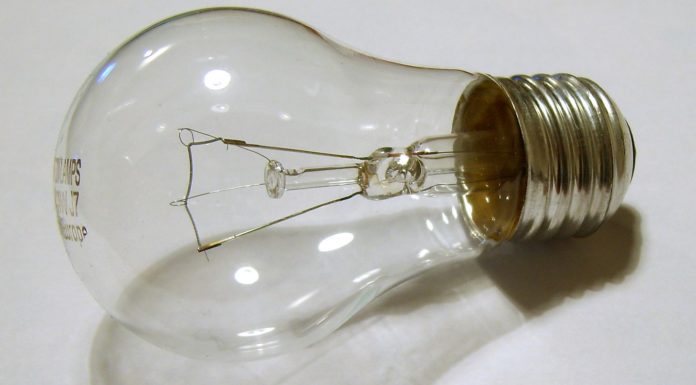(Headline Wealth) Over the weekend, the Trump administration celebrated the news that consumers would be able to continue using old-fashioned incandescent light bulbs — previously destined to become contraband under energy efficiency mandates.
The White House’s official Twitter account mocked the Obama administration for attempting to restrict Americans’ lighting choices: “If you like your lightbulbs, you can keep your lightbulbs! The Obama Admin tried to limit Americans to buying more-expensive LED bulbs for their homes—but thanks to President @realDonaldTrump, go ahead and decorate your house with whatever lights you want.”
In a press release issued on December 20, 2019, the U.S. Department of Energy (DOE) announced that “the current standards for incandescent light bulbs do not need to be amended because the benefits of more stringent standards do not outweigh the cost to the American people. DOE’s analysis concluded that increasing the efficiency of incandescent lamps could cost consumers more than 300 percent compared to the price of today’s incandescent lamps.”
“Today the Trump Administration chose to protect consumer choice by ensuring that the American people do not pay the price for unnecessary overregulation from the federal government,” said Secretary Brouillette. “Innovation and technology are already driving progress, increasing the efficiency and affordability of light bulbs, without federal government intervention. The American people will continue to have a choice on how they light their homes.”
The DOE release continues: “To evaluate whether a standard is economically justified, DOE is required to determine whether the benefits of a standard exceed its burdens by considering seven statutory factors, including the economic impact on consumers and manufacturers, and the savings in operating costs compared to any price increase. DOE’s analysis determined that more stringent standards for GSILs [general service incandescent lamps] would have increased the price of those light bulbs by 300 percent. This increase is not economically justified because the bulbs do not last long enough for the energy savings to surpass the higher upfront price.
“Due in part to more than a decade of innovative, early-stage research and development in energy-efficient lighting, the average cost of light-emitting diodes (LED) light bulbs has dropped by nearly 90% since 2008. Over that same period, total installations of home LEDs has increased from 100,000 to nearly 202 million.
“DOE expects that progress to continue in the absence of more stringent standards for GSILs.”
If you like your lightbulbs, you can keep your lightbulbs! The Obama Admin tried to limit Americans to buying more-expensive LED bulbs for their homes—but thanks to President @realDonaldTrump, go ahead and decorate your house with whatever lights you want. ?
— The White House (@WhiteHouse) December 22, 2019



